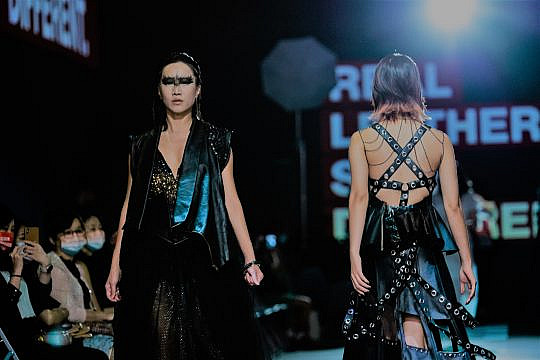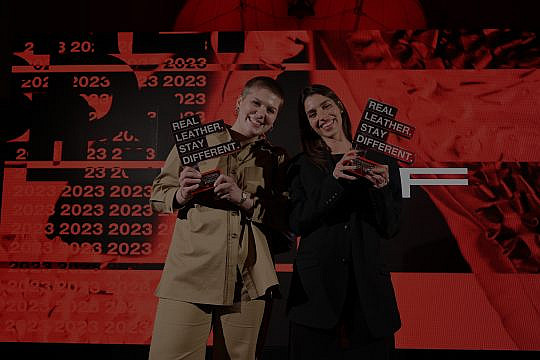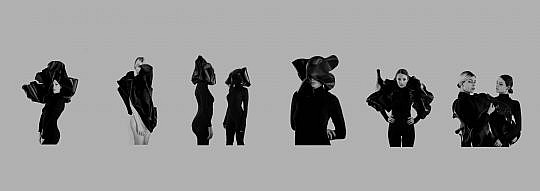According to the Water Footprint Network (WFN), it takes 15,400 litres on average globally to produce a kilo of beef, which works out at 1925 litres for a pure beef quarter-pounder. But what does this really mean?
That figure sounds a lot, right? Imagine nearly 2000 one-litre mineral water bottles. But the thing is, not all water is equal (and it doesn’t all come in plastic containers), water footprint calculations are not particularly relevant in fertile areas, and when water is used, it can still be returned to the system.
The WFN says: “The global average water footprint of beef is 15,400 litre/kg. This is predominantly green water (94%). The water footprint related to the animal feed takes by far the largest share (99%) in the total water footprint of beef. Drinking and service water contribute only 1% toward the total water footprint, but 30% to the blue water footprint.”
So for the average kilo of beef, 94% of water used is green, 3% blue and 3% grey.
Types of water: green water is rainwater that is stored in the soil and then in the grass that is eaten by the cows. Blue water is fresh drinking water – the type we use each day with for our showers, washing machines and dishwashers. Grey water is water used to dilute contaminants.
But here is an interesting point. 85% of cattle feed is made from the inedible (to humans) waste of crops grown for humans. So, is this water accounted for twice? Once in the production of crops for human consumption and once in the production of beef?
And WFN calculations do not take into account the circularity of ruminant grazing. That is crucial if we are to consider net water use.
About 30% of the water consumed by cows is returned to the land in urine and manure. That’s nearly a third of that consumed, which is not removed from the total figures calculated by the WFN.
As well as returning water to the eco-system, manure saves water in other ways. It negates the need for fertilisers and the associated water used for their production (it also saves their production, usually from fossil fuels, thereby cutting carbon emissions, but that is a point to be examined another time).
When a cow is totally grass fed, the figure of 94% per cent green water rises to 97% (some of this percentage evaporates even after consumption by grass, which returns it straight to the ecosystem). And the percentage of blue water drops to just 2%. So, even if we take the WFN figures at face value, 97% of all the water used is derived from rainwater that would fall regardless of whether the cattle were grazing or not.
RLSD view: To take the Water Footprint Network calculations at face value can often result in great confusion. Far more important than how much water is used is WHERE that water is used. If areas are arid and with poor infrastructure, saving water is vital. If it is used in areas with abundant rainfall, it won’t affect areas in drought. WFN calculations fail to take into account the return of water to the ecosystem, water that is also accounted for elsewhere, and environmental benefits of cattle farming.
To find out more information click here.








